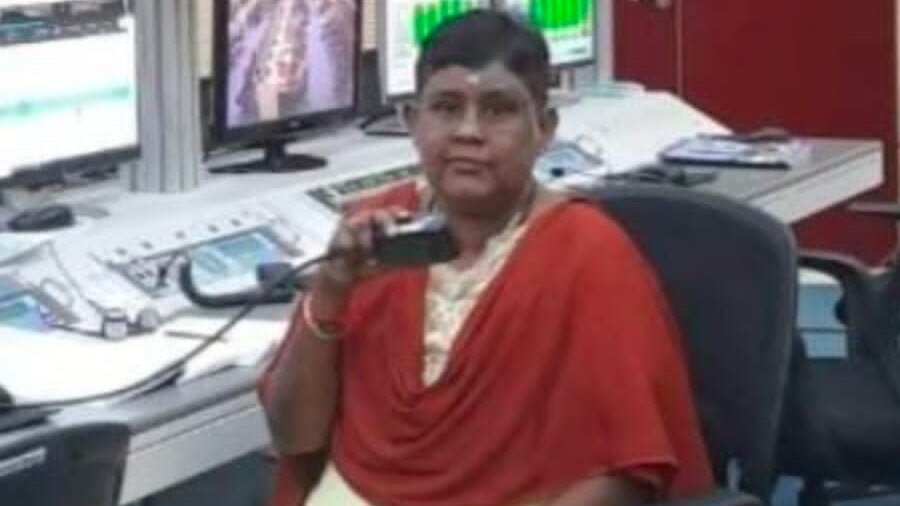Landing is automated to reduce human error, on every single mission. Even some commercial airplanes have this capability for use in inclement low-visibility weather. At a certain point, humans become the weakest link no matter how experienced/how much training they receive. Cars have ABS (anti lock braking to prevent skids), TC (to avoid loss of grip by spinning wheels) and VSC (to reduce vehicles tendency to roll over) for this very reason: automation is less prone to error than humans.Landing is all autopilot because the speed of light isn't fast enough to do last-minute corrections.
You just want to overly dramatize everything by stating things like "seven minutes of terror". That is applicable to landing on Mars. The ping/lag to the Moon is only 2.5-3 seconds. And the final nail to your argument's coffin: even the take off sequence is automated and began 15 minutes before this rocket was launched.That's why they call it the seven minutes of terror.
TLDR: what ISRO did was amazing enough on it's own; you don't need to add garam masala to make an impression. It cheapens their achievement, more so when the PM is hogging all the limelight instead of ISRO personnel taking the centre stage.
PS: I was wondering where you'd disappeared off to. Almost missed you even

------
Edit:
There are deep craters in the polar region that never get sunlight. So there's a high probability of finding water (ice) there.can somebody explain what is the benefit for India to reach this side of Moon or reach Moon at all? Do we get any new tech or its simply R&D expenditure with no real world benefit and a showcase of India?
- Water is required not only for humans, if we decide to go there
- By breaking it down to Hydrogen and Oxygen, we can use it as rocket fuel
- Hydrogen can also be used in fuel cells to generate electricity, which can keep everything from freezing during the lunar night which is 14 earth days long
Last edited:










